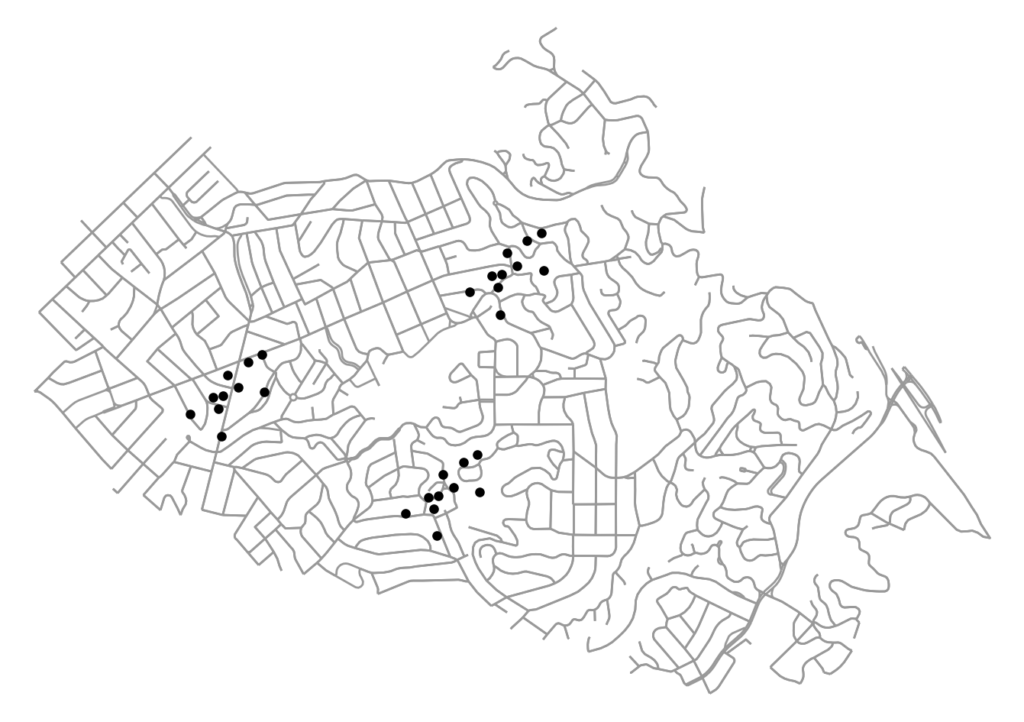My new article, “Rental Housing Spot Markets: How Online Information Exchanges Can Supplement Transacted-Rents Data,” with Jake Wegmann and Junfeng Jiao is now published in the Journal of Planning Education and Research (download free PDF).
How much does it cost to rent a typical apartment in your city? Answering this basic housing question can be surprisingly difficult. Consider the case of San Francisco in early 2018.

 This post is adapted from
This post is adapted from